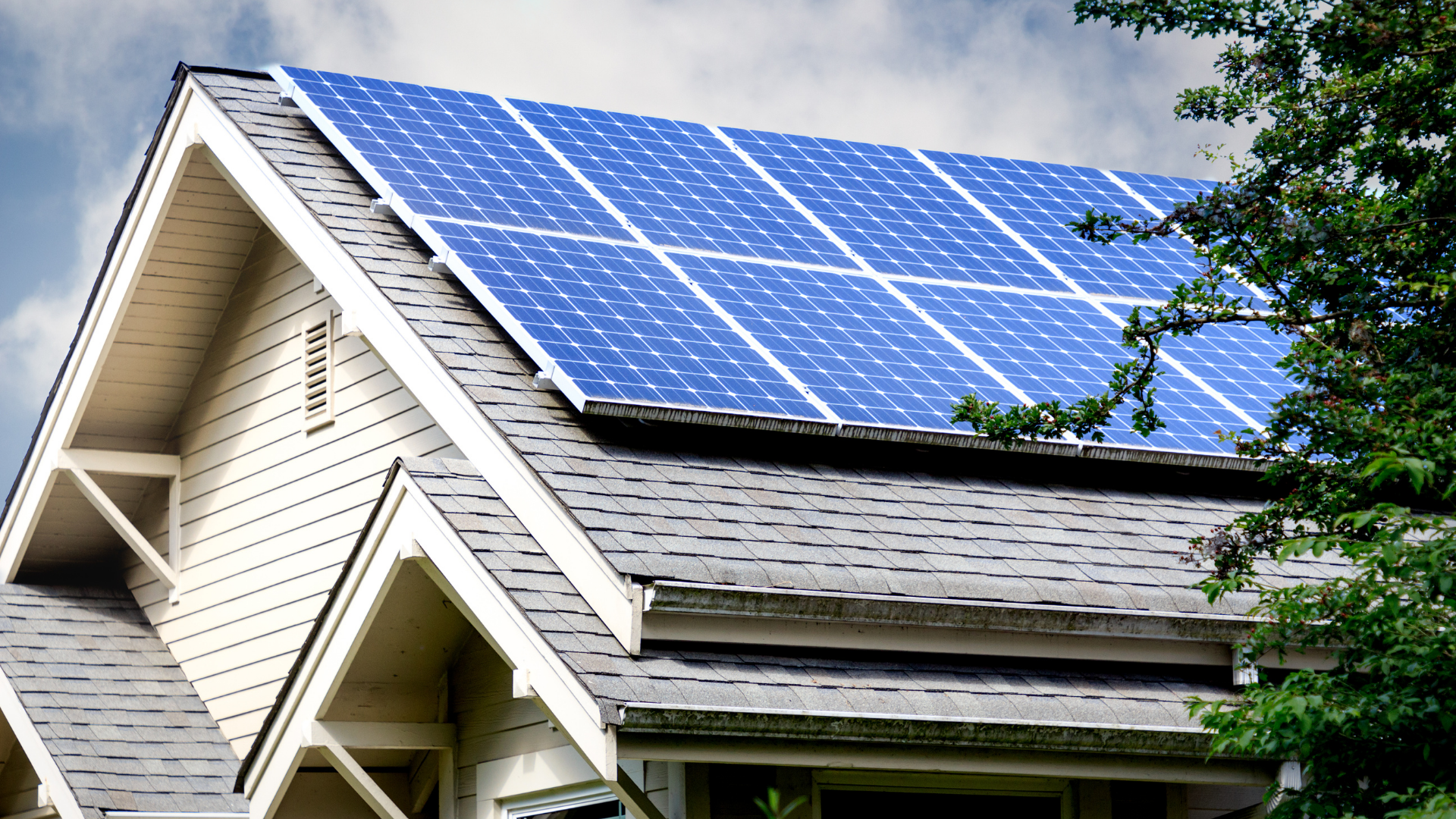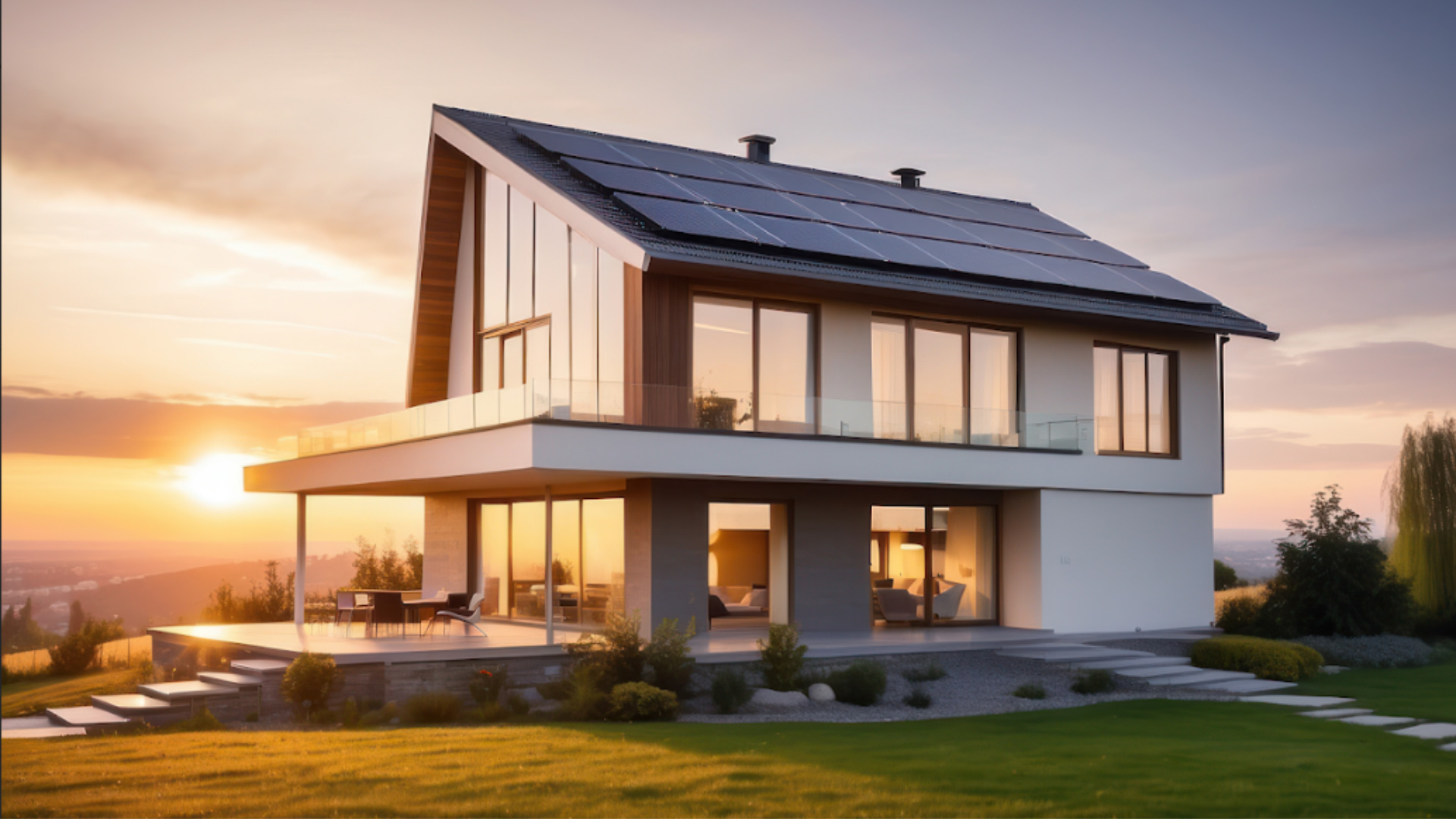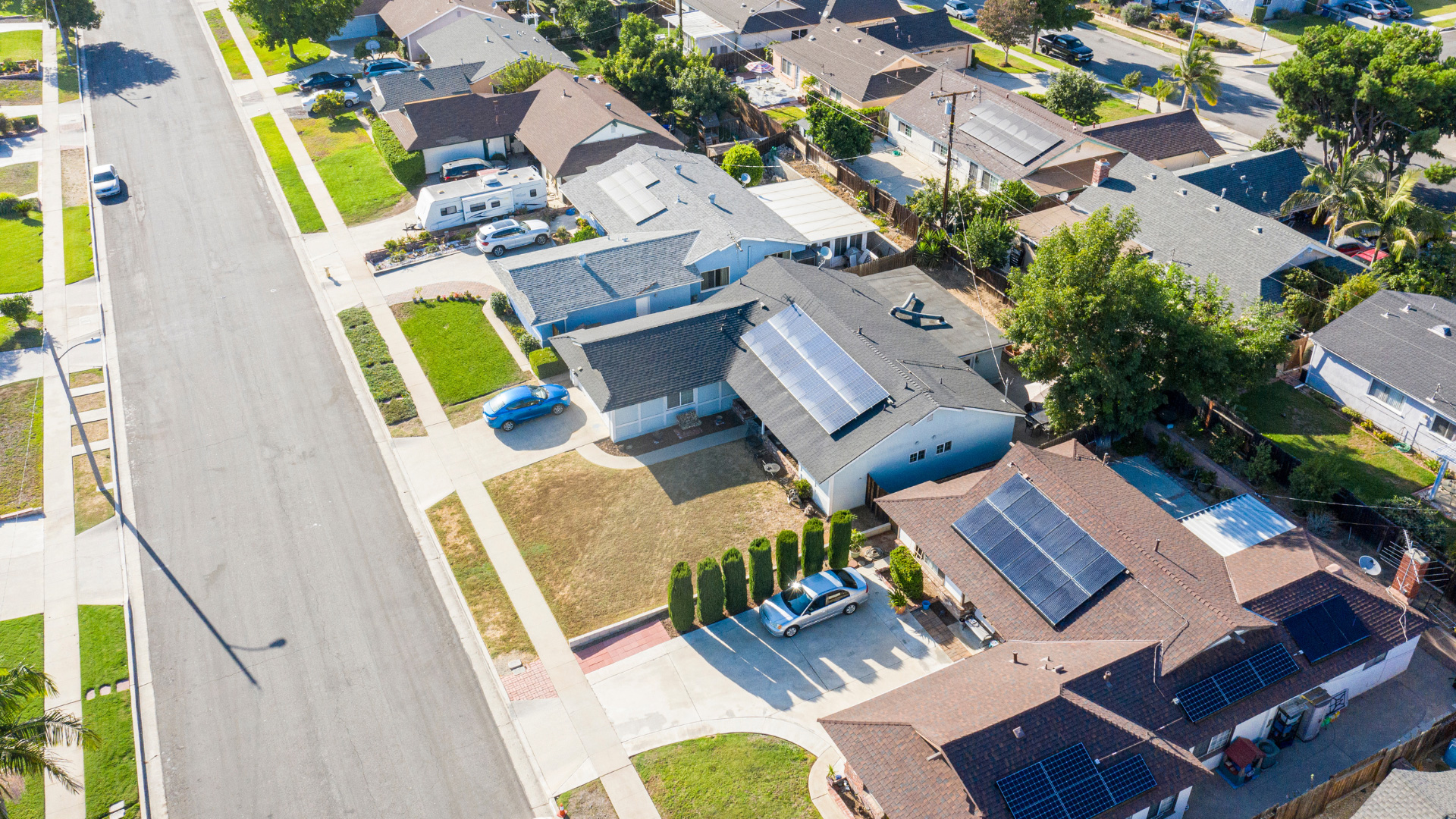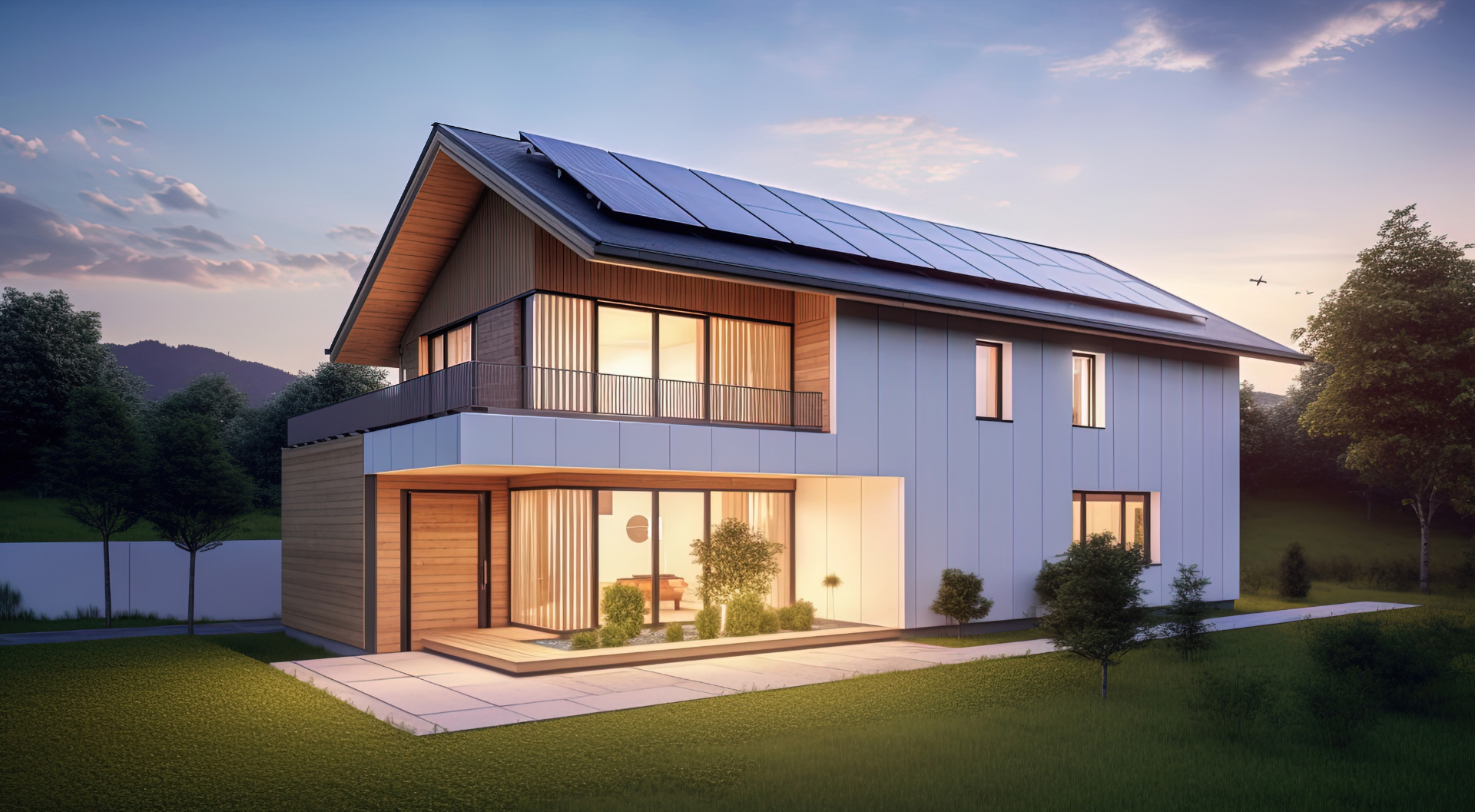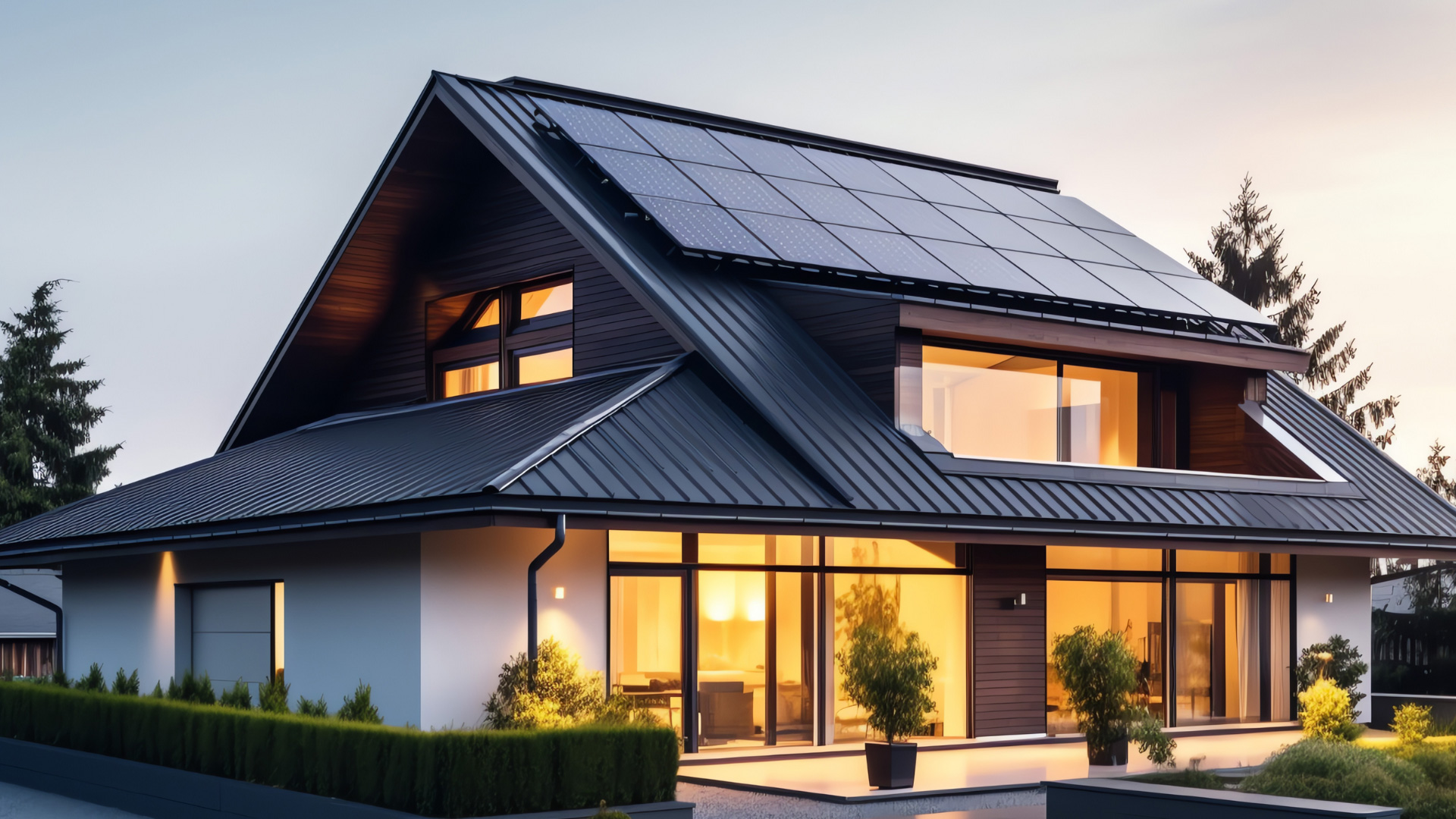Installing solar panels is an excellent way to generate renewable energy for your home or business. But before making the switch, it’s important to assess whether to get blue or black solar panels. This article will examine the difference between these two types, their unique advantages, and which one to choose for your solar system.
Blue vs. Black Solar Panels
Solar panels are primarily made of either monocrystalline or polycrystalline solar cells. Here are the differences of each:
Monocrystalline (Black) Solar Panels
Monocrystalline solar panels (or black panels) are made from a single high-quality silicon crystal, making them more efficient at turning sunlight into electricity.
Polycrystalline (Blue) Solar Panels
Polycrystalline solar panels are made from lower-grade silicon crystals melted and poured into a square mold. They are less efficient than monocrystalline panels, which is why they’re typically part of large arrays.
Which Type of Solar Panel Should You Choose?
Outside of a few practical advantages, the choice between blue and black solar panels really comes down to personal preference. Blue panels might be the way to go if you have ample space, are budget-conscious, and live in a moderate climate. On the other hand, black panels are a solid choice if you’re looking for maximum efficiency and have limited space. Both types of solar panels offer a clean, sustainable way to power your home or business.
Here are some of the more in-depth pros and cons of each choice:
Pros of monocrystalline (black) solar panels
- More energy efficient: Monocrystalline panels have a uniform alignment of silicon crystals, making them more energy efficient.
- Absorb more light: Black solar panels absorb more light than blue ones, producing more energy.
- Space-saving design: Monocrystalline solar cells are more energy efficient than polycrystalline, so you need fewer to produce the same power.
Cons of monocrystalline (black) solar panels:
- Higher Cost: Black solar panels are more expensive than blue ones, but their long-term energy savings and increased efficiency can often offset the initial investment.
- Heat Absorption: In extremely hot climates, these panels may lose some efficiency because they absorb more heat than blue panels. However, this is often negligible in most regions.
Pros of polycrystalline (blue) solar panels:
- Less expensive to produce and repair: Blue solar panels are easier to create than black and cost less. Their installation and initial costs are lower than black solar panels. They are also easier to repair.
- More eco-friendly: Monocrystalline cells produce more waste in manufacturing than polycrystalline solar panel cells.
Cons of polycrystalline (blue) solar panels:
- Lower efficiency: Blue solar panels are less efficient than black ones. More panels might be needed to produce the same amount of electricity, which could become problematic if you have limited roof space.
- Aesthetics: Some homeowners may not choose blue solar panels because they prefer monocrystalline panels’ sleek, all-black appearance.
Ready to Go Solar?
Choosing between blue vs. black solar panels is just one of many decisions you’ll need to make on the path to going solar. To learn what else you should consider, download our ultimate guide to going solar or get in touch with our friendly energy consultants at Solar Optimum to start designing your customized solar system!


